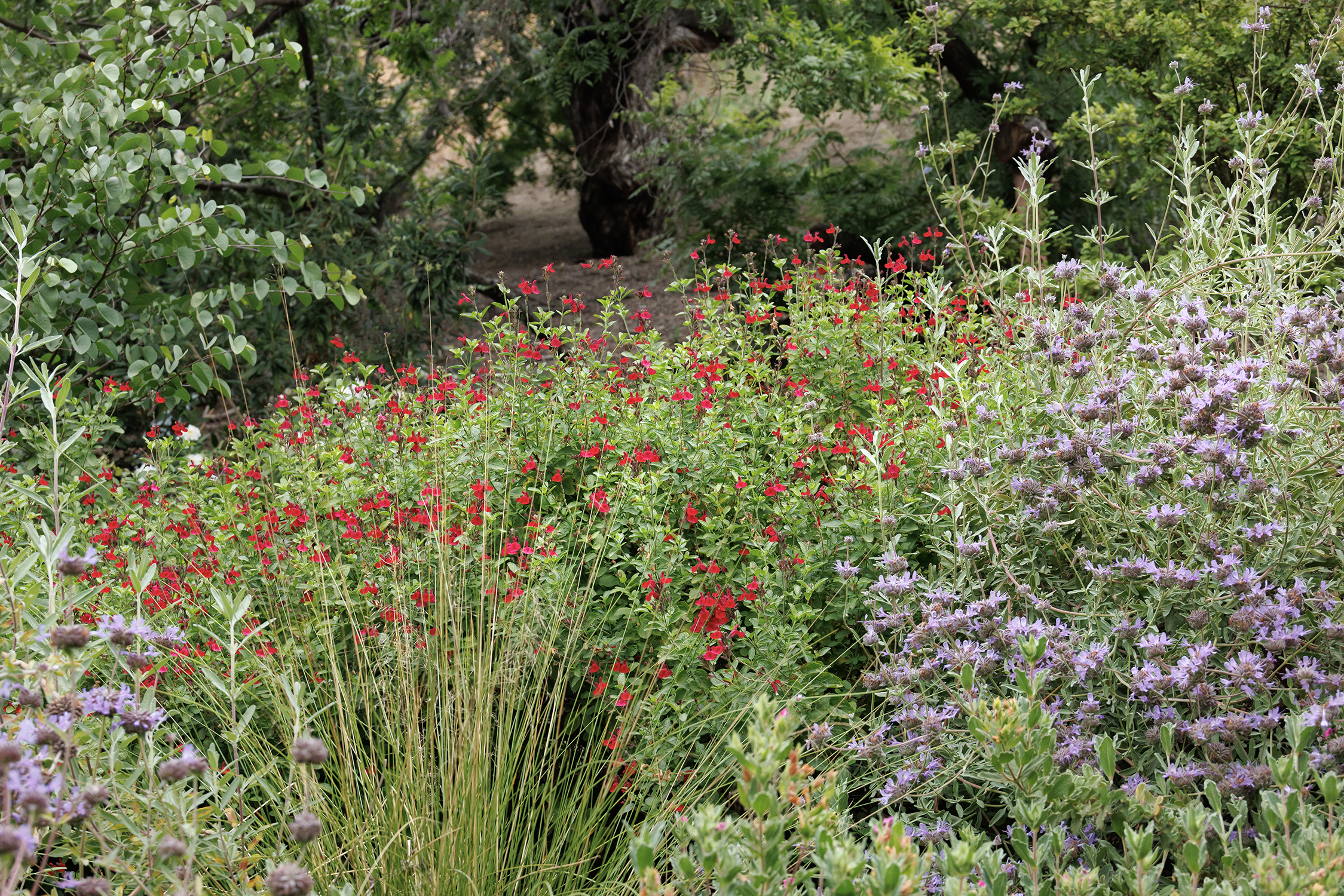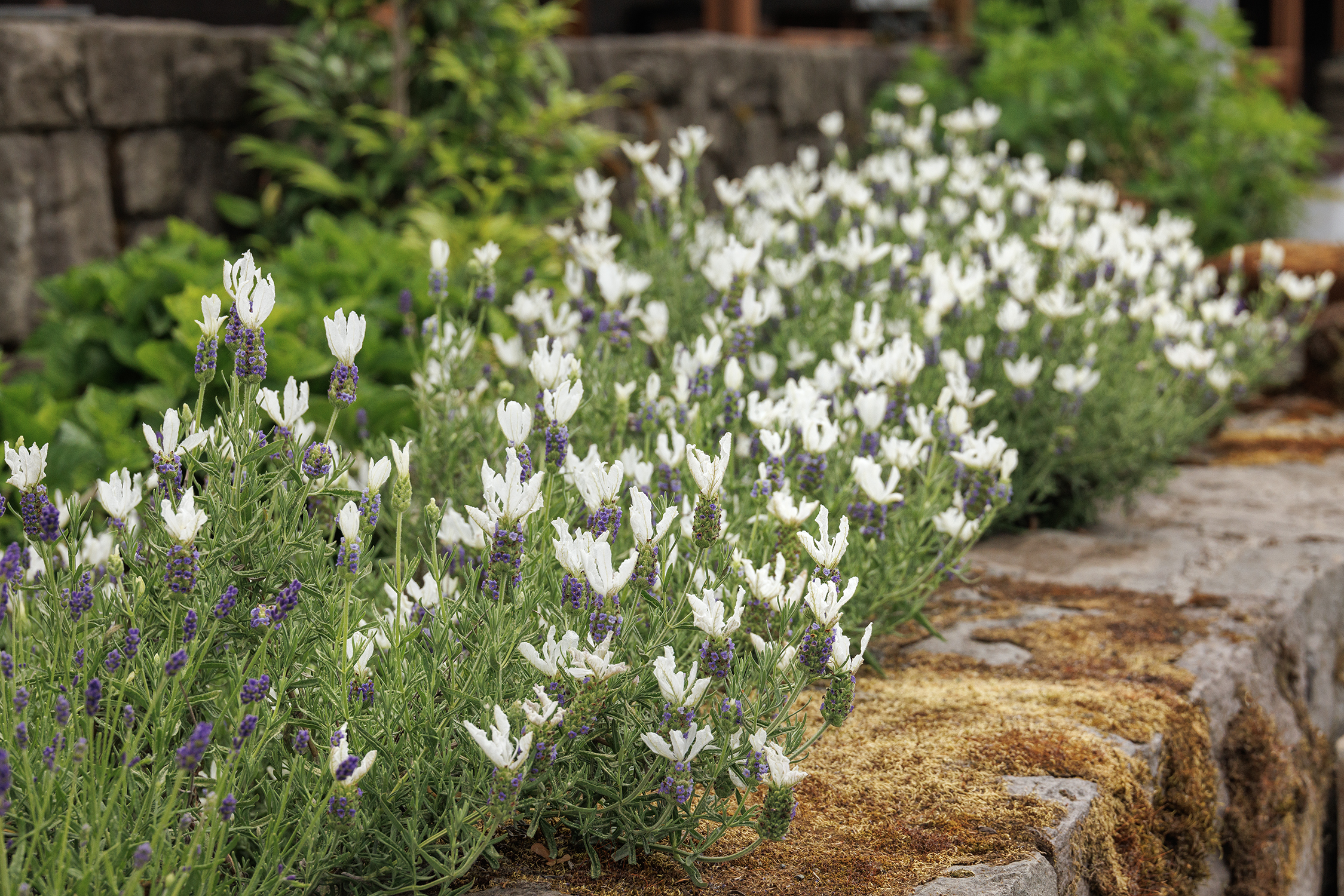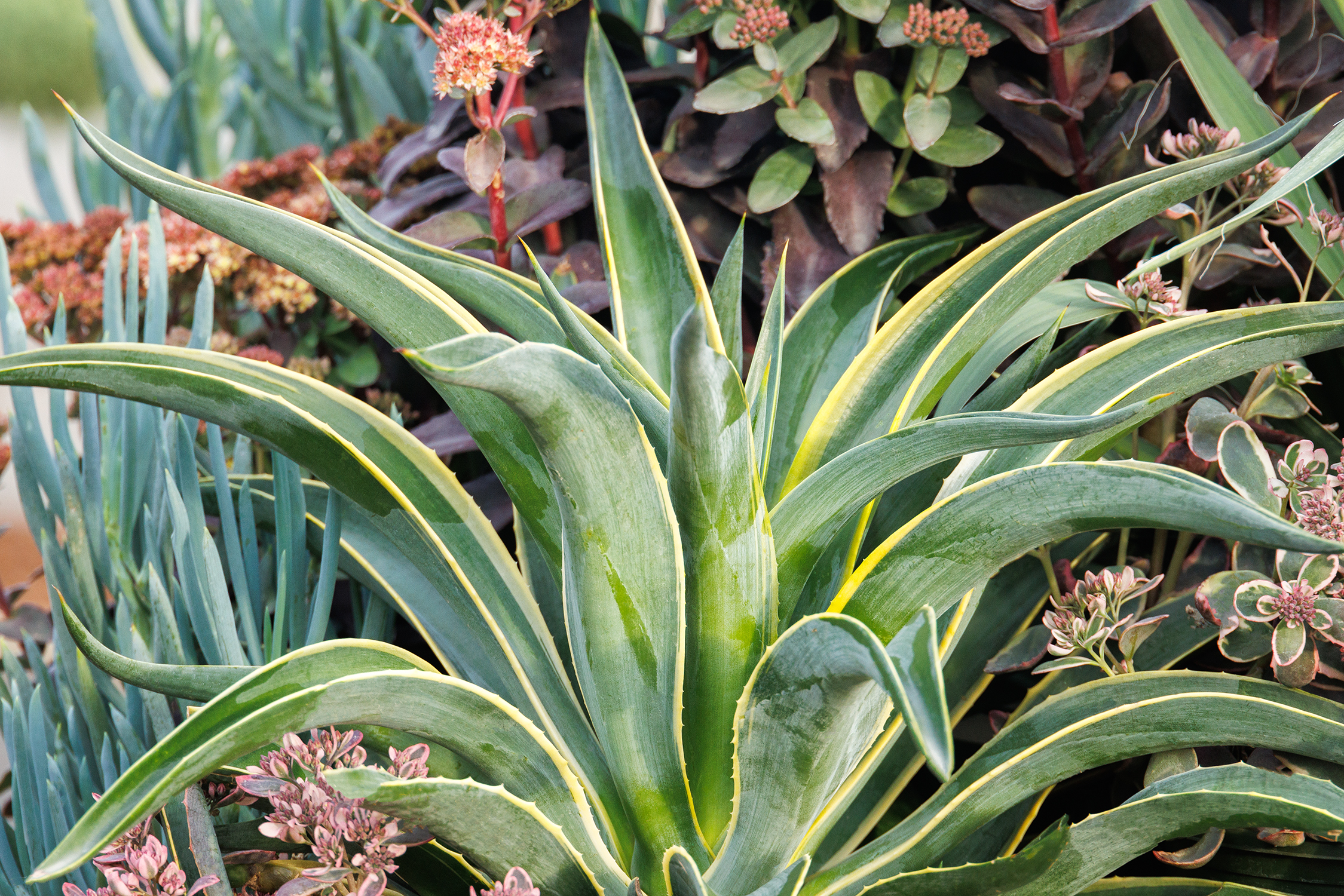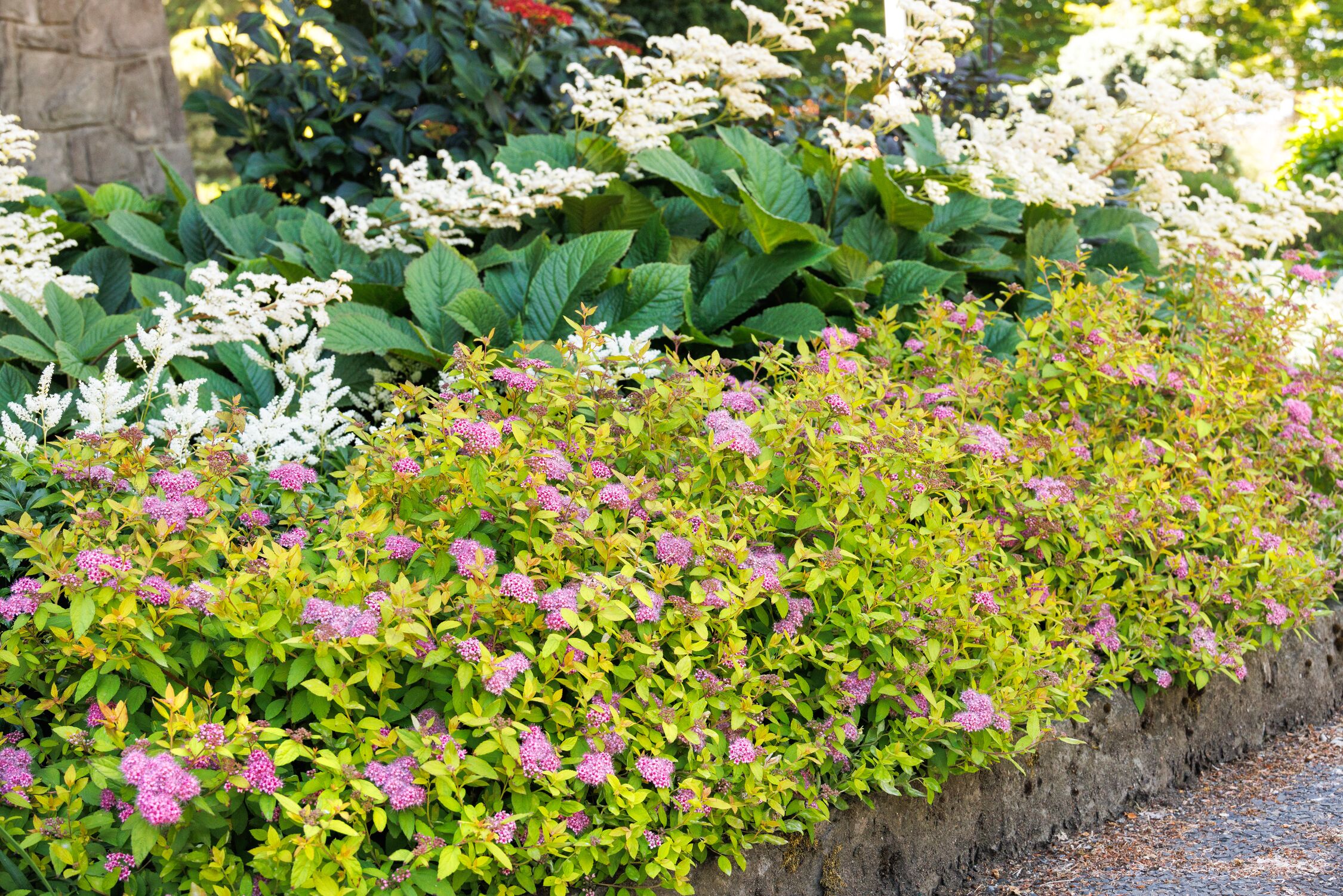As droughts become more frequent and severe, the need for landscapes that can withstand water shortages is increasingly important. Drought-tolerant landscape design offers a solution, emphasizing strategies that help gardens flourish even with limited water.
The benefits of a drought-tolerant garden are numerous, including:
- Reduced dependence on irrigation
- Promotion of biodiversity and sustainability
- Conservation of water while maintaining a beautiful garden
To help you create a water-wise landscape, we've compiled a guide to drought-tolerant gardening, from plant selection to maintenance.
An Overview of Drought-Tolerant Landscaping
Drought-tolerant landscaping is innovative in creating sustainable gardens that thrive with minimal water. The key elements of drought-tolerant landscaping include:
- Choosing water-wise plants
- Improving soil quality
- Implementing efficient irrigation to reduce water loss
- Incorporating hardscape elements and porous materials
- Utilizing mulch and ground covers
Unlike traditional landscaping, which often relies on water-intensive plants and frequent irrigation, drought-tolerant landscaping takes a holistic approach. It uses the natural environment to create a low-maintenance garden that can withstand periods of drought while reducing the carbon footprint that comes with water transportation.
Choosing the Right Plants for Your Climate

One of the most important parts is selecting drought-resistant plants and flowers that are well-suited to your local climate.
When choosing plants, consider the following:
- Opt for climate-appropriate and drought-resistant species that are adapted to your region's temperature, humidity, and rainfall patterns.
- Avoid plants that are not well-suited to your area, as they may require more water and be prone to poor growth, pests, and diseases.
Selecting the right plants will ensure your garden thrives with minimal intervention and resources. The USDA Plant Hardiness Zone Map is an invaluable resource for determining which plants are most likely to flourish in your area based on their cold tolerance.
Even in the face of drought, growing a vibrant array of plants, flowers, and even edible plants is still possible when you embrace the wisdom of drought-tolerant landscaping and learn the secrets to creating a thriving garden.
Soil Preparation and Mulching

Proper soil preparation and mulching are key to creating a strong foundation for your drought-tolerant garden. Here's what you need to know:
- Improve soil quality by incorporating organic matter, such as compost, to help retain moisture and promote healthy root growth.
- Apply a layer of mulch around your plants to:
- Reduce evaporation
- Suppress weed growth
- Moderate soil temperature
- Control soil erosion and dust
Organic mulches such as wood chips, bark, pine needles, or leaves have the added benefit of increasing the fertility of your soil as it breaks down. However, these options may not be the best choice in areas prone to wildfires, as they are combustible. Inorganic mulches such as decomposed granite, gravel, or rocks are a better option for a fire-wise landscape, especially close to structures. Combustible mulches should not be used within 30 feet of your home, or 10 feet of a road.
When applying mulch, add a layer of 3-4 inches at planting time and a thin topdressing each year if needed. Avoid excessive mulching, especially near the trunks of woody plants or the crown of perennials, as it can smother the plant and encourage rotting. 1-2 inches is sufficient for gravel mulch.
Efficient Irrigation Techniques
While drought-tolerant plants are adapted to survive with less water, they still require regular irrigation to establish strong roots and maintain health, especially during prolonged dry spells.
To ensure your plants receive the water they need without waste, consider implementing these irrigation techniques:
- Drip Irrigation: These systems deliver water directly to the roots of your plants, minimizing evaporation and runoff. By targeting the water where it's needed most, drip irrigation can reduce water usage while ensuring your plants receive adequate moisture.
- Smart Technology: Smart controllers and moisture sensors can help your watering schedule by adjusting irrigation based on weather conditions and soil moisture levels. These devices can automatically reduce watering during rainy periods and increase irrigation during dry spells, ensuring your plants receive the right amount of water at the right time.
- Deep and Infrequent Watering: When watering your drought-tolerant plants, water deeply and infrequently. This encourages plants to develop better root systems that can withstand dry periods. Deep watering allows moisture to penetrate further into the soil, promoting healthier root growth and reducing the need for frequent irrigation.
Check out Monrovia's Waterwise Gardening Webinar for more watering tips and tricks.
Xeriscaping Principles

Xeriscaping is an approach to landscape design that prioritizes water conservation and low-maintenance plantings. By incorporating xeriscaping design ideas into your drought-tolerant garden, you can create a beautiful, sustainable outdoor space that requires minimal water and upkeep.
Core principles of xeriscaping include:
- Thoughtful Planning: Create a detailed plan for your landscape, considering factors like sun exposure, soil type, and drainage.
- Hydrozoning: Arrange plants with similar water needs in distinct zones for efficient irrigation.
- Turf Alternatives: Minimize lawn areas and replace them with drought-tolerant grass alternatives or low-water groundcovers.
Hardscaping and Design Elements
Incorporating hardscaping elements into your drought-tolerant landscape design adds interest and structure while contributing to water conservation efforts. Hardscaping refers to the non-living components of your landscape, such as pathways, patios, and retaining walls. Consider the following hardscaping and design elements for your drought-tolerant garden:
- Permeable Surfaces: Opt for permeable pavers or gravel to allow water to percolate into the soil and reduce runoff.
- Shade Structures: Incorporate pergolas or arbors to create cool, inviting spaces and support climbing plants.
- Decorative Boulders and Rock Features: Use boulders and rock gardens to add texture without requiring water.
- Sculptural Elements: Incorporate water-wise fountains or statues to add character to your landscape.
Other Maintenance Tips for a Drought-Tolerant Garden
Proper maintenance is key to ensuring the long-term success of your drought-tolerant garden. Keep these other helpful tips in mind:
- Regular pruning and deadheading promote healthy growth and prolong the blooming period of your plants.
- Effective weed control is essential, as weeds compete with your plants for limited water resources.
- Implement an integrated pest management strategy to prevent and address pest issues without relying on harmful chemicals.
- Adjust your maintenance practices as seasons change, such as reducing irrigation during rainy periods and providing extra care during extreme heat or cold.

Looking for More Ideas?
Subscribe to our monthly “Grow Beautifully” newsletter to get premium design inspiration delivered straight to your inbox.
Additional Questions About Drought-Tolerant Landscape Design
What are some common misconceptions about drought-tolerant landscapes?
One common misconception is that drought-tolerant gardens are dull and lifeless. In reality, various colorful, texturally interesting plants thrive in low-water conditions. Another misconception is that drought-tolerant landscapes require no water when they still need some irrigation, especially during establishment and extreme heat.
Is it possible to convert an existing landscape to a drought-tolerant one?
Yes, it is possible to transform an existing landscape into a drought-tolerant one. Start by assessing your current plants and identifying those that require the most water. Gradually replace these water-intensive plants with drought-tolerant alternatives that are well-suited to your climate. You can also modify your irrigation system to be more efficient and incorporate water-saving techniques.
Can I still have a colorful garden with drought-tolerant plants?
Absolutely! A variety of drought-tolerant plants offer stunning colors and textures. Many native plants provide vibrant blooms while requiring minimal water. You can also incorporate low-water succulents and ornamental grasses to add visual interest to your landscape.




